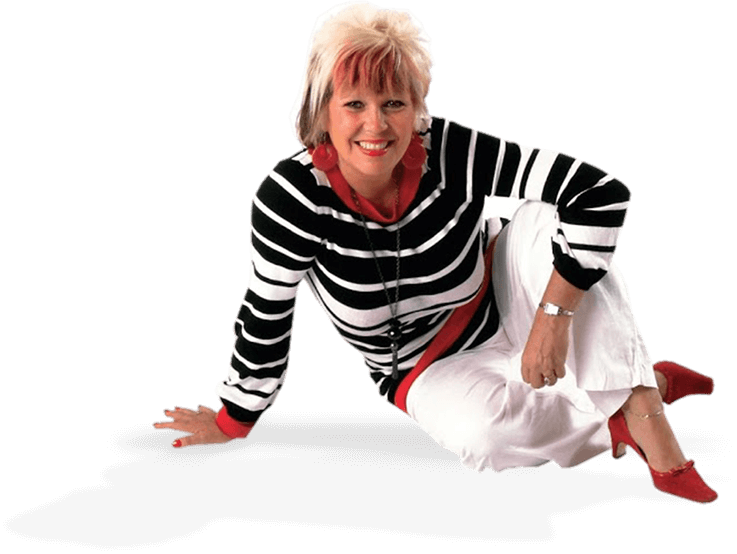


Like it? Share it!
Alfred Adler, an Austrian psychiatrist, believed that birth order played a significant role in shaping an individual’s personality & behaviour. He suggested that a person’s birth order position in their family could influence their psychological development & subsequent relationships.
This “positional psychology” can be disrupted when two families become one.
When it comes to stepfamilies, or blended families Adler believed that the child’s birth order position in the new family structure could have an impact on their adjustment in their new family dynamics.
For example, a first-born child in a blended family may feel displaced & struggle with feelings of jealousy towards step-siblings who may be vying for the attention of their biological parent.
Birth order is an important factor that is not often thought about when two families come together after a divorce but it’s something I help the families I work with through my coaching programmes to consider, as it can certainly ease the pressure & tension that children often experience but find difficult to express.
Birth order refers to the sequence of birth within a family, and it can have a significant impact on how children perceive themselves and their role within the family.
Personality Characteristics and Birth Order
Adler’s classic description of the effects of birth order contains the following features:
Ordinal position refers to the actual order in which the child was born; i.e., first, second, third…tenth, eleventh and so on
Birth order refers to five basic positions that Adler described which tend to have recognisable characteristics later on in life.
When considering the Birth Order of your children remember it’s about being the firstborn, second, middle, youngest and only It is important to remember that it’s the psychological position that is the important determinant.
These five basic positions have certain characteristics related to the unique early experience of each position.
No position is better than another.
Each has its good and bad points.
I have found that by ‘pausing to ponder’ and reflecting on each of these five basic positions tends to help a blended family overcome them quicker.
The characteristic experience of each ordinal position in a family structure is as follows:
1. Only child – never had a rival. Peers tend to be curiosities rather than competitors. However, they may have been pampered and never learned to share.
2. Firstborn – they once had it all to themselves and would still prefer to be the first and foremost. They tend to feel entitled to rank within the family.
3. Second child – started late and has to catch up. Someone seems to be ahead of them, a standard bearer against whom they measure themselves.
4. Middle child – there is a standard bearer in front and a pursuer in the rear. They are surrounded by competitors. They may feel squeezed into a small area in their search for significance.
5. Youngest child – the trail is well broken and the guidelines are clear. They are never dethroned. On the other hand, they have a lot of ground to cover in order to catch up
When two families come together to form a blended family, the birth order of the children can be disrupted, which can lead to new dynamics & potential conflicts.
Family rearrangements, as in divorce and remarriage, may throw together children who now begin to compete but of course, each situation & family is individual & unique.
For example, if the oldest child in one family becomes the middle child in the blended family, they may struggle to adjust to their new position & may feel displaced or overlooked.
Similarly, if the youngest child in one family becomes the oldest child in the blended family, they may feel pressure to take on a leadership role that they may not be ready for.
So, it’s important for parents in blended families to be aware of these potential challenges & to work with their children to help them adjust to their new family roles.
This simply involves being aware of the changes that the children maybe experiencing & having open & honest discussions about each child’s feelings, as well as setting clear expectations & boundaries for behaviour.
It’s about creating space for each child to feel heard & understood in the new family dynamics & to find ways to help them adjust.
I always remind my clients that bringing together two separate families is a process and not an event, and it takes time and flexibility on everyone’s behalf to settle into new family relationships.
It’s about managing expectations and keeping the lines of communication open.
It’s also about building bridges not walls between each other and being patient.
I wrote an article called ‘Cooking up a happy step family is like a slow burning casserole’ which you can read by clicking on the link
And if you’re interested in Understanding The Stepfamily Cycle click here: https://sueatkinsparentingcoach.com/2023/02/understanding-stepfamily-cycle/
Or you can watch my Stepfamilies – Are You Finding it Tough to Blend? WEBINAR
https://sueatkinsparentingcoach.com/product/stepfamilies-are-you-finding-it-tough-to-blend/
Discussing every possible aspect of parenting, giving you advice and support on topics which affect your daily life. Each free, weekly episode is bursting with practical tips, techniques and ideas.
I will teach you my no-nonsense, simple techniques & give you hundreds of my expert parenting articles, videos & podcasts so you can get back to the business of having fun with your family!



